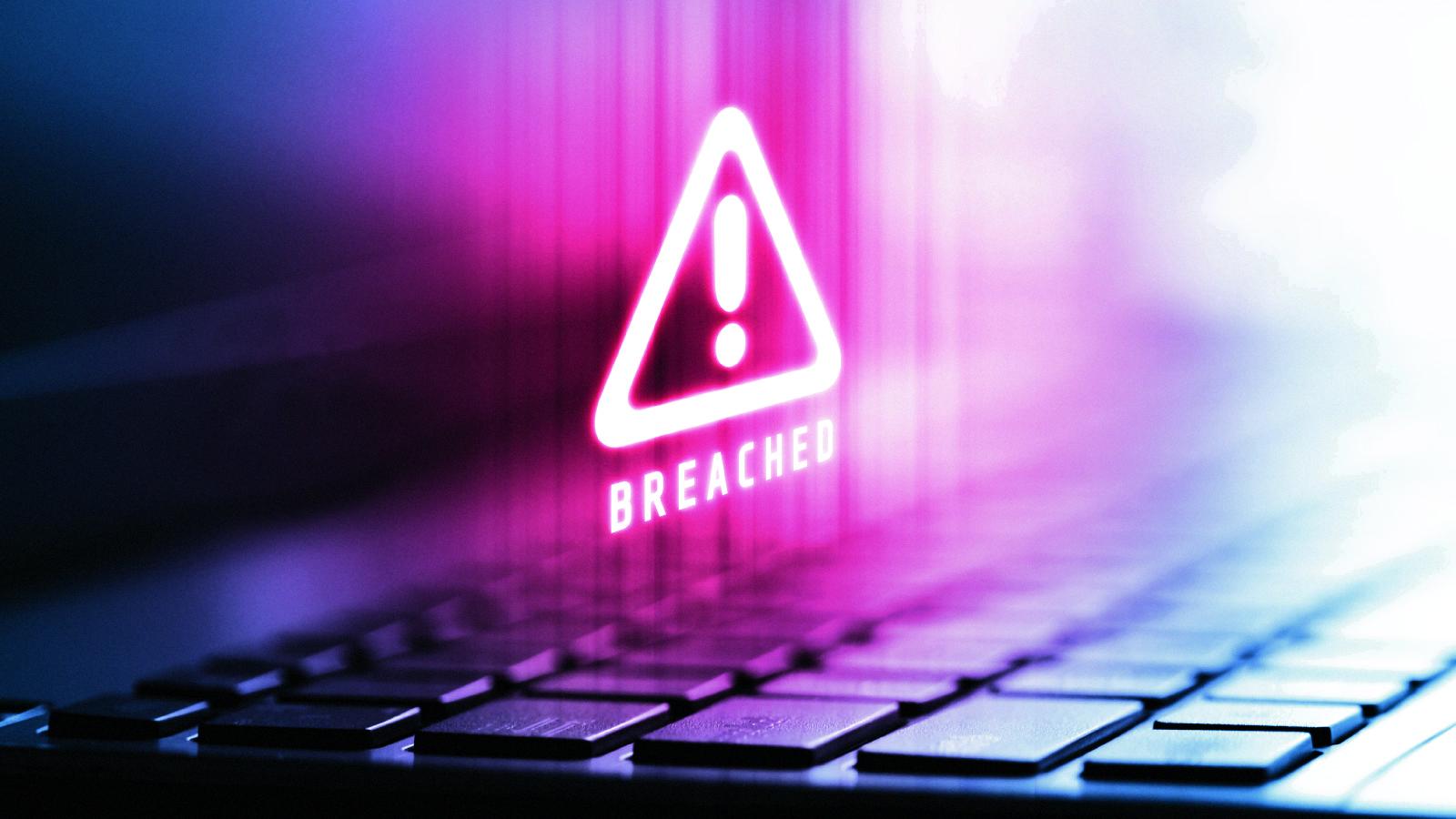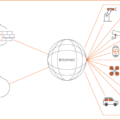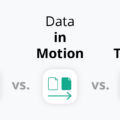Data breaches are becoming increasingly common, and they can have devastating consequences. But how do you know if your system has been breached? That’s where breach detection comes in. Breach detection is the process of identifying and responding to unauthorized access or malicious activity on a computer system or network.
One of the most important methods for detecting a data breach is monitoring network traffic. By carefully monitoring incoming and outgoing traffic, you can identify suspicious activity that could be indicative of a data breach. For example, you could detect a sudden increase in traffic from an unknown IP address or detect communication with unfamiliar servers or services. You should also look for any unusual patterns in traffic, such as requests for sensitive data or large amounts of data being transferred to unknown destinations.
Another way to detect a breach is to monitor user activity on your system. If users are accessing files and folders that they don’t normally access, this could be a sign that someone is trying to steal their data. You should also keep an eye out for any unusual logins from unfamiliar IP addresses or using unusual credentials.
Finally, you should regularly audit your system for any changes that have occurred without your knowledge. This includes checking for new user accounts, changes in file permissions, and new software installations that you weren’t aware of. All of these can indicate the presence of someone who doesn’t belong to your system.
By following these tips, you can help ensure that your systems are secure and protected against potential data breaches. However, it’s important to remember that no matter how vigilant you are, there’s always the possibility of someone gaining unauthorized access to your systems – so it’s important to respond quickly if you suspect a breach has occurred.

Data Breach: What Is It and How Is It Detected?
Data breach detection is the process of identifying, monitoring, and responding to threats to sensitive data that could result in a data breach. It involves the use of various security tools and techniques such as intrusion detection systems (IDS), log analysis, and vulnerability assessments to detect malicious activities. These activities include unauthorized access or usage of sensitive data, changes in system configurations, attempts at stealing confidential information, or any other suspicious activity. Once a potential breach has been identified, the organization can take appropriate steps to mitigate the risk and protect its assets. Data breach detection is an integral part of any organization’s security posture, as it helps them stay ahead of any potential threats before they become serious issues.
Examples of Data Breaches
A data breach is an incident where sensitive, confidential, or protected data is accessed and/or disclosed without authorization. An example of a data breach would be the incident mentioned above, in which an employee’s laptop was remotely wiped after his briefcase containing the laptop and paper files went missing. The laptop was encrypted, and the paper files were redacted, but they were still vulnerable to unauthorized access and disclosure. As a result, this incident qualifies as a data breach.

Source: alpinesecurity.com
Consequences of a Data Breach
If your data is breached, the consequences can be serious and long-lasting. Your personal information, such as credit card numbers, social security numbers, addresses, and phone numbers, could be stolen and used to commit fraud or identity theft. This could include using your identity to open new accounts in your name, make purchases or access existing accounts. You may not even realize that your data has been breached until you start getting bills for services you didn’t use or products you didn’t buy. In some cases, criminals may even use your personal information to commit medical fraud or file fraudulent tax returns in order to get refunds from the IRS.
In addition to financial losses due to fraud, a data breach can impact your credit score and make it difficult for you to receive loans or open new accounts in the future. You may also be at risk of being targeted by scammers who use stolen information in phishing scams or other attempts to steal more sensitive information from you. It’s important that if you suspect that your data has been breached, you take immediate action by contacting the relevant organizations (banks, credit bureaus, etc.) and putting a freeze on any accounts connected with the breach. You should also report the breach to local law enforcement as soon as possible.
The Most Common Type of Data Breach
The most common type of data breach is known as stolen information. This occurs when someone or something malicious gains access to confidential data or information, such as credit card numbers, passwords, or other sensitive information. This can be done through a variety of methods, including hacking into computer systems, stealing physical documents, or even taking advantage of careless human error. These breaches are often financially motivated and can cause significant damage to an organization’s reputation and bottom line. As such, it is important for organizations to take the necessary steps to protect their data and ensure that any potential weaknesses are addressed in order to prevent future breaches from occurring.
The Most Common Security Breach
The most common security breach is one that involves weak and stolen credentials, such as passwords. This type of breach occurs when an attacker gains access to an account or system by using compromised passwords. This can be done through phishing attacks, brute-force cracking, or by using previously leaked data sets containing passwords. Once the attacker has access to the system, they can use it for malicious purposes, such as stealing data, installing malware, or launching further attacks. To prevent this type of breach from occurring, organizations should implement strong password policies and multi-factor authentication solutions. They should also regularly scan their systems for vulnerabilities and patch them immediately when found.

Source: itsecuritywire.com
Causes of Data Breaches
1. Old, Unpatched Security Vulnerabilities: Outdated systems and applications can leave organizations vulnerable to cyber-attacks, as security patches are regularly released to fix newly-discovered weaknesses. Failing to update these patches in a timely manner can lead to data breaches, as attackers can exploit known vulnerabilities.
2. Human Error: Whether it be accidentally leaving data exposed or sharing confidential information with the wrong parties, human error is one of the most common causes of data breaches. Ensuring employees have adequate cybersecurity training and understanding will go a long way in preventing such accidental leaks from happening.
3. Malware: Malicious software, commonly referred to as malware, is another common cause of data breaches. Attackers use malicious software such as viruses and Trojans to gain access to confidential information and networks, allowing them to exfiltrate sensitive data from organizations.
4. Insider Misuse: Insider misuse occurs when an authorized user misuses their privileges or accesses information they should not have access to. Organizations should ensure they have proper security protocols in place so that users cannot access more information than what is necessary for their roles within the organization. Additionally, if an employee leaves the organization their accounts should be disabled immediately to prevent unauthorized access by former employees.
The Number One Cause of Security Breaches
The number one cause of security breaches is human error. This can include anything from an employee clicking on a malicious link, failing to use strong passwords, or not properly securing physical devices that store sensitive data. Human error is responsible for the majority of security breaches, as many employees do not have the necessary training and knowledge to recognize potential threats and take proactive steps to protect against them. Additionally, if physical devices are stolen, they can easily be used to access sensitive information if they are not properly secured.
Preventing Data Breaches
Preventing data breaches requires a proactive approach that involves multiple layers of security. It is important to have policies in place that both employees and third-party vendors follow. Here are some best practices to help you protect your organization from data breaches:
1. Implement strong passwords and two-factor authentication: Passwords are the first line of defense against cyber threats, so make sure they are unique, complex, and changed regularly. Two-factor authentication adds an additional layer of security by requiring users to enter a code sent to their phone or email when logging in.
2. Ensure data is encrypted: Encryption scrambles data so it can’t be read without the decryption key. All sensitive information should be encrypted before being stored or sent over the internet.
3. Backup your data regularly: Regular backups give you the ability to restore systems easily in the case of a breach. Backups should be stored offsite, away from the primary location where they would be vulnerable if breached.
4. Monitor network activity: Use network monitoring tools to detect suspicious activity on your networks, such as unusual IP addresses or traffic volumes, malicious software, and attempts at accessing restricted areas of the system.
5. Educate employees on cybersecurity best practices: Employees should be aware of how to spot suspicious emails and website links, as well as how to secure their own devices when accessing corporate networks remotely. Security awareness training can help ensure everyone is following proper protocols for preventing data breaches and other cyber threats.
6. Invest in cyber insurance: Cyber insurance provides financial protection against losses incurred due to a breach or other cyberattack, including costs associated with investigation, customer notifications, legal fees, and more.
Conclusion
In conclusion, breach detection is an essential component of any security strategy. By utilizing the right tools and techniques, organizations can detect potential breaches quickly and take the necessary steps to protect their data and systems. Through regular monitoring of network activity, system changes, and user accounts, organizations can identify suspicious behaviors that may indicate a breach. Additionally, by utilizing automated tools such as vulnerability scanners and log analysis software, organizations can detect even the most subtle signs of a potential breach. With the right approach in place, organizations can ensure their systems are secure from potential breaches.








